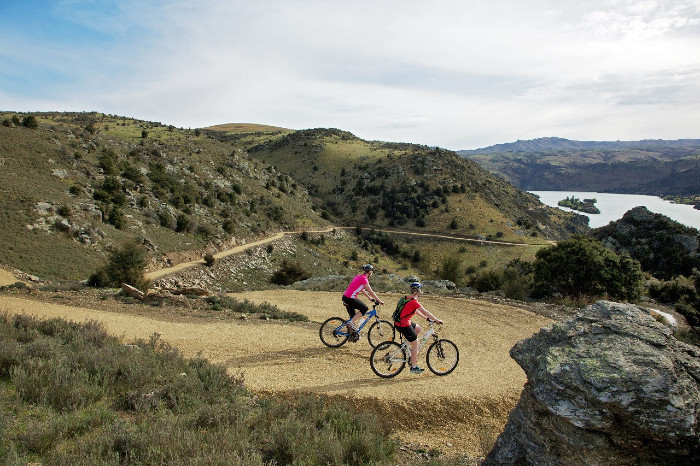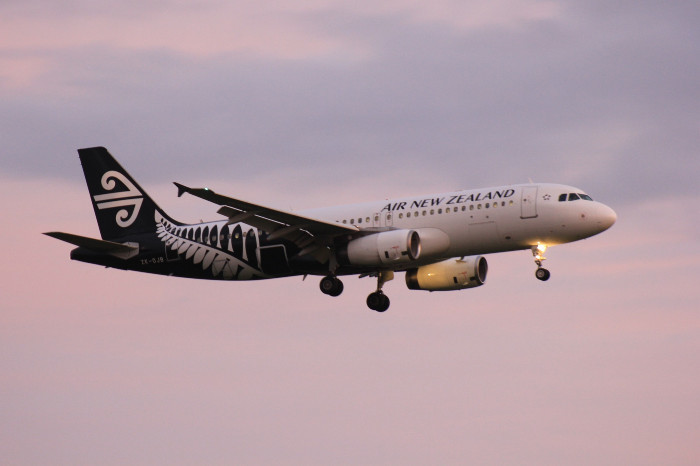Push for sustainable tourism gathers pace
Rowan Schindler
24 February 2021, 5:00 PM
 The Government is pushing for a more sustainable tourism model once international borders re-open. Photo The Central App.
The Government is pushing for a more sustainable tourism model once international borders re-open. Photo The Central App. The Tourism and Conservation Ministers say a report by the Parliamentary Commissioner for the Environment (PCE) adds to calls to overhaul the tourism model that existed prior to COVID-19.
“The PCE tourism report joins a chorus of analysis which has established that previous settings, which prioritised volume over value, are not sustainable,” says Tourism Minister Stuart Nash.
“The push for more sustainable tourism when our borders re-open is gathering pace.
“It is too early to respond in detail to the PCE recommendations, which require in-depth consideration by a number of government agencies. But the report is a timely challenge to many assumptions which underpin our tourism industry.
“The concept of ‘Brand New Zealand’, or the 100% Pure image, requires constant maintenance. We cannot allow it to be damaged in our key international markets.
“I have already identified the need to honour the promise of ‘Brand NZ’ as one of my priorities.
“Other priorities include ensuring the full cost of tourism is priced into the visitor experience and it is not left to ratepayers and taxpayers to pick up the tab or subsidise tourism activities.
“Another priority while our borders are closed to international visitors is to reposition the industry. Tourism will not return to ‘business as usual’ as it was in 2019.
“The sector was under pressure even before COVID closed our borders.
“Problems like congestion in national parks, degraded natural attractions, creaking local infrastructure, seasonal peaks and troughs, and abuse of the freedom camping regime led to a poor visitor experience and an unfair burden on small communities,” Stuart says.

The Government report pushes for a more sustainable tourism model once international borders re-open.
Tourism Central Otago General Manager Dylan Rushbrook says even prior to the global impacts of the COVID-19 pandemic, CODC’s 2018-2028 Central Otago Tourism Strategy was focused on developing a visitor economy that enriches the area.
“When done right the visitor economy can enhance a destination in many ways beyond just economics,” he says.
“The overarching strategy goal is our focus as we make strides to bring together our Destination Management planning with a view to what the long-term future of tourism in Central Otago looks like.
“We are planning with an eye far into the future – not just the next 10 years.”
Dylan says his personal sense is Central Otago is far more advanced in creating a destination that meets its community aspirations compared to many other places in New Zealand and around the globe.
“As an RTO that still operates within local government, our first question is; what are the positive outcomes for our residents from a piece of work we undertake.
“It is easy in hindsight to say that a reset was needed for tourism around the world.
“Looking back it was clear that on a global level and here in New Zealand tourism was not always providing a good experience for host communities and/or visitors.
“There were many places where community aspirations and local environments weren’t coping with the ever increasing growth in visitors.
“Even though COVID-19 has had a massive and unpredicted impact on global travel, it has also given us all a chance to catch our breathe and plan a new way forward.
Dylan says, with so many reports coming out of central Government with a view on tourism and the future state, there is risk of “getting caught up in reviews and not making any substantial change”.
“So while we’re monitoring what is coming out of Wellington, we are still forging ahead with our work to create a visitor economy that aligns to our regional values and enriches this place.”

The Government is reviewing ways the New Zealand tourism industry can become more sustainable and resilient.
Conservation Minister Kiri Allan says the Government’s report is an opportunity for us all to look at the role conservation has in tourism.
“It acknowledges that tourism in the time of COVID needs a reset. Department of Conservation (DOC) works on behalf of New Zealanders to protect our unique flora, landscapes, historic sites and wildlife, while also providing high-quality access to that heritage and managing recreational use.
“To safeguard options for future generations we need to re-imagine how we balance visitor volumes with the value we place on the environment. This report adds to that conversation,” Kiri Allan says.
Stuart Nash says there are some parallels between the PCE report and government priorities for the tourism and conservation sectors.
“The report sits alongside a raft of other advice received and commissioned as part of the COVID recovery and rebuild,” Stuart says.
“This includes the Tourism Futures Taskforce; DOC’s visitor management work; Tourism New Zealand’s research into the views of New Zealanders; Tourism Industry Aotearoa’s 100 day plan; the MBIE Briefing to the Incoming Minister; and the Government Tourism Strategy, amongst others.
“This shows that we all want similar outcomes: a tourism industry that is sustainable, authentic, and one that benefits the community as well as the visitor.”

